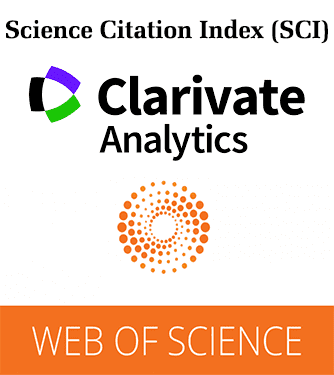Vol. 2, Issue 2, Part A (2015)
An observation on breeding behaviour of three different vector species (Aedes aegypti Linnaeus 1762, Anopheles stephensi Liston 1901 and Culex quinquefasciatus Say 1823) in wells in the coastal region of Ramanathapuram district, Tamil Nadu, India
Author(s): T. Mariappan, V. Thenmozhi, P. Udayakumar, V. Bhavaniumadevi, B.K. Tyagi
Abstract: Mosquito-borne diseases are major public health problem in many parts of our country due to various ecology, vector bionomics, economic, socio-cultural and behavioral factors. In Ramanathapuram district of Tamil Nadu, is endemic for malaria having more than 10% Plasmodium falciparum (Pf) and the rest are P. vivax (Pv) infections and the same area is also reported for dengue/chikungunya. Vectors of malaria and dengue namely Anopheles stephensi and Aedes aegypti breeding in domestic wells reported separately elsewhere. The observation of the present study encountered, both the species found breeding together along with Cx. quinquefasciatus in wells in Regunathapuram, Ramanathapuram district where more cases of dengue reported in May 2014. The result of the survey, container index (CI) was found to vary between 1.09 (plastic container) and 16.67 (grinding stone) in Chinnamaya kulam whereas 3.03 (discarded container) and 20.83 (cement tank) in Regunathapuram. The overall CI values for the respective villages were not found to be statistically significant (P > 0.05). On the other hand, the CI values of well in Chinnamaya kulam recorded 2.78 whereas 3.85 in Regunathapuram respectively. Also, the stegomyia indices recorded in both the villages are more or less similar (i.e. House Index (HI) and Breteau Index (BI) in the respective areas (i.e. Chinnamaya kulam 16 and 16; Regunathapuram 13.11 and 16.39). The record is tinted that the adaptive capacity of Ae. aegypti along with other vectors of malaria and lymphatic filariasis is due to forcible behavioural change and also forecast the potential risk of epidemiological implications.
Pages: 42-44 | 2135 Views 132 Downloads
How to cite this article:
T. Mariappan, V. Thenmozhi, P. Udayakumar, V. Bhavaniumadevi, B.K. Tyagi. An observation on breeding behaviour of three different vector species (Aedes aegypti Linnaeus 1762, Anopheles stephensi Liston 1901 and Culex quinquefasciatus Say 1823) in wells in the coastal region of Ramanathapuram district, Tamil Nadu, India. Int J Mosq Res 2015;2(2):42-44.







